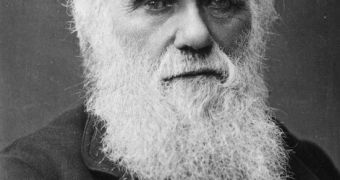A new paper published in today's issue of the journal Current Biology details how, by calculating evolution rates during the Cambrian explosion, researchers at the University of Adelaide have managed to solve the so-called Darwin's dilemma.
In their paper, the scientists explain that, according to fossil evidence at hand, most of the modern animal groups we are all too familiar with emerged somewhere between 540 and 520 million years ago.
This period in our planet's history is known as the Cambrian explosion, or evolution's Big Bang.
Commenting on its importance, study lead author Professor Michael Lee said that, “The abrupt appearance of dozens of animal groups during this time is arguably the most important evolutionary event after the origin of life.”
The professor goes on to explain that, all things considered, having so many new species come into being in a fairly short period appears to go against the evolutionary processes laid down by Charles Darwin.
Interestingly enough, Darwin himself was well aware of the fact that something was off.
“These seemingly impossibly fast rates of evolution implied by this Cambrian explosion have long been exploited by opponents of evolution. Darwin himself famously considered that this was at odds with the normal evolutionary processes,” Michael Lee explains.
By the looks of it, there is one very simple explanation for the Cambrian explosion. One that does not contradict Charles Darwin's principles, that is.
Apparently, all these new species did in fact come to exist as a result of evolution. The reason why so many of them sprung into being within just 20 million years is that, in those days, evolution rates were about five times faster than they presently are.
“In this study we've estimated that rates of both morphological and genetic evolution during the Cambrian explosion were five times faster than today – quite rapid, but perfectly consistent with Darwin's theory of evolution,” researcher Michael Lee argues.
Otherwise put, accelerated evolution thoroughly explains the Cambrian explosion.

 14 DAY TRIAL //
14 DAY TRIAL //